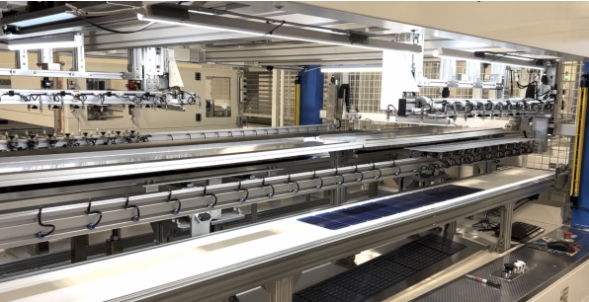
The report notes that policy changes have created pricing uncertainty, leading some buyers to delay procurement or reassess sourcing strategies. Manufacturers are adapting, with some, like Boviet Solar, opening a module facility in North Carolina and planning cell production in 2026, and ES Foundry starting cell production in South Carolina. However, others, such as Premiere Energies and Freyer Battery (now T1 Energy), canceled U.S. cell and battery factory plans in February 2025 due to financial and logistical challenges. T1 Energy later acquired Trina Solar’s U.S. assets to become a vertically integrated solar and storage supplier in Texas.
Since the Inflation Reduction Act of 2022, the Solar Energy Industries Association reports over 100 new solar and storage manufacturing announcements, with 84 facilities online and 55 under construction. Anza’s Q2 2025 report shows 17 U.S. module suppliers and five cell suppliers, up from 12 module and seven cell suppliers in Q1. Projections indicate 18 module suppliers by late 2025, while cell suppliers remain at five, with growth to 10 expected by mid-2027. Anza stated: “Recent tariff announcements are also prompting suppliers to be more cautious about long-term projections.”
In the BESS sector, domestic manufacturing is expanding rapidly. Anza forecasts three BESS cell providers, seven module providers, and seven container providers by late 2025, up from two across all categories projected in Q1. By mid-2027, BESS cell suppliers are expected to triple, module providers to increase 267%, and container providers to more than double, aligning with IRS domestic content guidelines.
Domestic solar modules face high demand and limited supply, with U.S.-made cells commanding a premium due to incentives and tariff avoidance. Cell prices rose 4.3% from December 2024 to March 2025 due to tight supply, while modules with imported cells saw a 0.4% price drop. Imported modules fell 6.7% in price over the same period. Anza cautioned that new tariffs, not reflected in March 2025 data, may drive costs higher.
The report underscores a 100% projected increase in U.S.-made solar cell production, from five suppliers in early 2025 to 10 by mid-2027, signaling stronger domestic manufacturing integration. Evolving policies and market dynamics will continue to shape these trends, with Anza monitoring supplier commitments for future updates.